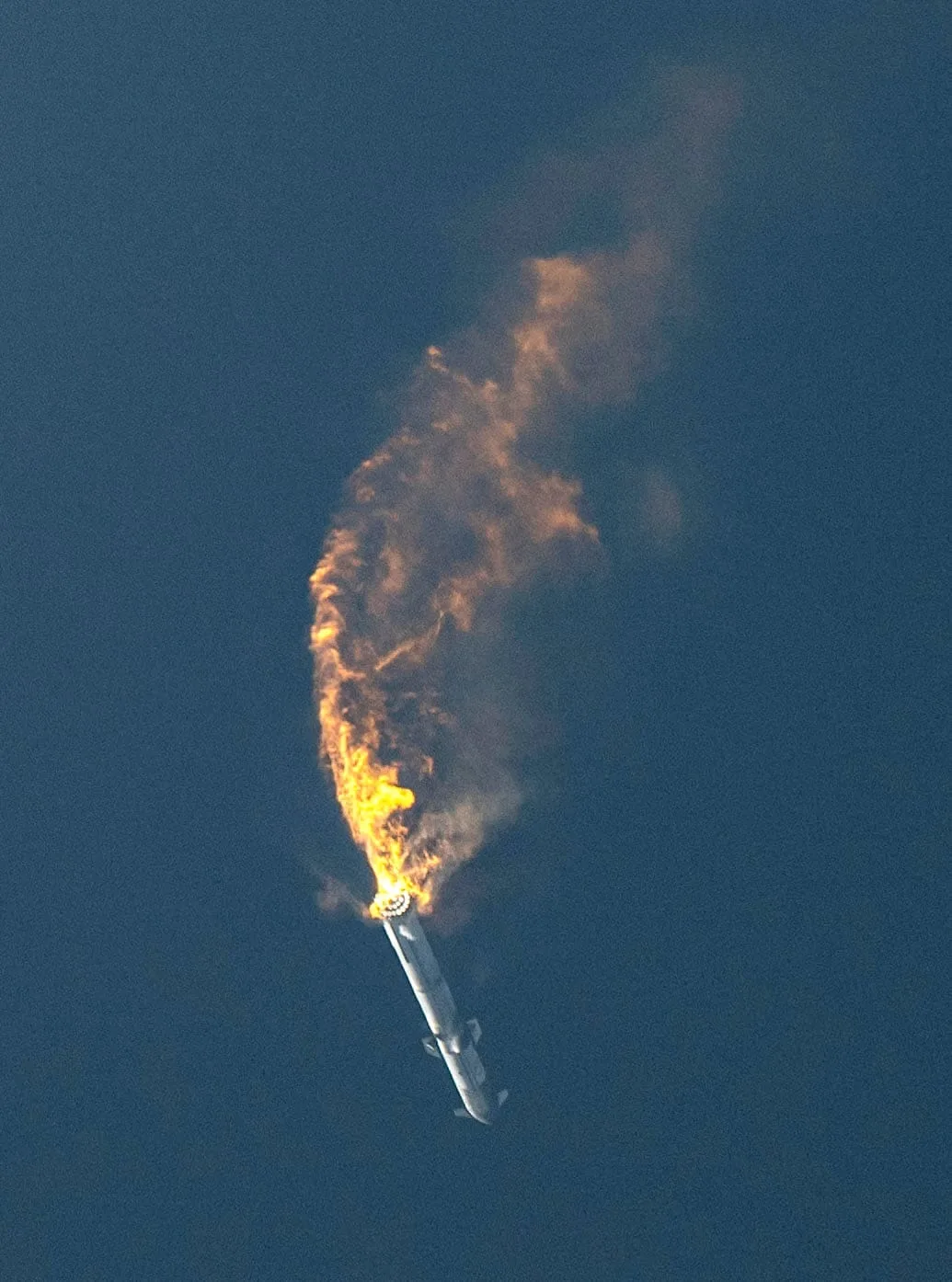Flight Termination Systems (FTS) have been an integral part of spaceflight since its inception. These systems are designed to ensure the safety of both the spacecraft and the surrounding environment in the event of a malfunction during launch. The FTS can terminate a flight if the vehicle deviates from its planned flight path or if other critical failures occur.
The history of FTS dates back to the early days of space exploration. The first FTS were rudimentary, often involving manual commands sent from ground control to detonate explosives on the rocket if it veered off course. As technology advanced, so did FTS, evolving into complex systems that could autonomously detect anomalies and initiate termination sequences.
In modern spaceflight, FTS have become even more sophisticated. Companies like SpaceX have developed autonomous FTS that can make split-second decisions without human intervention. This is crucial in the fast-paced environment of a rocket launch, where every second counts.
At SpaceX launches, you’ll often hear the flight director exclaim, “FTS is safe.” This phrase signifies that the FTS has been disarmed, meaning the rocket has successfully reached a point in its flight where termination is no longer necessary. It’s a moment of relief for the team, indicating that the most critical and dangerous phases of the launch are over.
The launch of the first SpaceX Starship on April 20, 2023, was a historic milestone for the company and the space industry. However, the flight did not go as planned and ended with a spectacular explosion of the Starship prototype. Starship experienced a loss of control during its hypersonic reentry due to a malfunction in one of its aerodynamic flaps. The vehicle started to spin uncontrollably and deviated from its intended landing site. At this point, the FTS was activated by the ground control team, but it failed to break apart the vehicle tanks as intended. Instead, it only punched holes in the tanks, releasing a massive amount of propellant that ignited in a fireball.
The FTS is a system that consists of two white boxes that house small explosive devices outside the propellant tanks, which upon command would detonate and trigger the breakup of the vehicle in the event of any deviations from the planned flight path. The FTS is meant to reduce but will not completely eliminate the risk of any wayward debris in the event of a deviation.
SpaceX has not yet released an official explanation for why the FTS did not work as expected, but some possible factors are:
- The FTS was not designed or tested for such high speeds and temperatures that Starship experienced during reentry.
- The FTS was not powerful enough to overcome the structural integrity of the Starship tanks, which are made of stainless steel and are very robust.
- The FTS was damaged or disabled by the extreme forces and vibrations that Starship endured during reentry.
SpaceX has stated that it intends to re-certify the FTS before the next flight of Starship and has performed a test of it on a booster test tank at its test facility. The test showed a complete destruction of the tank, which is the desired outcome for the FTS. However, it is unclear if this test is sufficient or if more tests are needed to ensure the reliability and safety of the system.
The failure of the FTS during the launch of the first SpaceX Starship was a setback for the company and its ambitious plans to colonize Mars. However, SpaceX has shown resilience and determination in overcoming previous challenges and learning from its mistakes. The company has already built several more Starship prototypes and is preparing for another orbital flight test in the near future. This incident underscores the importance of robust safety systems like the FTS and the ongoing evolution of spaceflight technology, bringing us one step closer to a future where space travel is as safe and routine as air travel.
If you’re intrigued by the role of Flight Termination Systems in space exploration, you might find it fascinating to explore the broader context of spaceflight safety. Speaking of early innovations in space exploration, you might be interested in learning about the Saturn V, a pivotal rocket in early space programs. Additionally, if you’re curious about the mechanics behind these safety systems, the concept of range safety might capture your interest, as it plays a crucial role in all launches. Lastly, considering SpaceX’s efforts towards Mars colonization, take a look at the ambitious Mars colonization plans devised by Elon Musk, which continue to push the boundaries of what’s possible in space travel.

